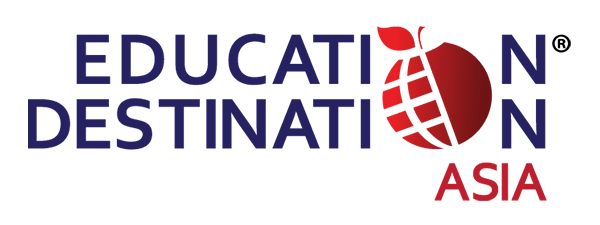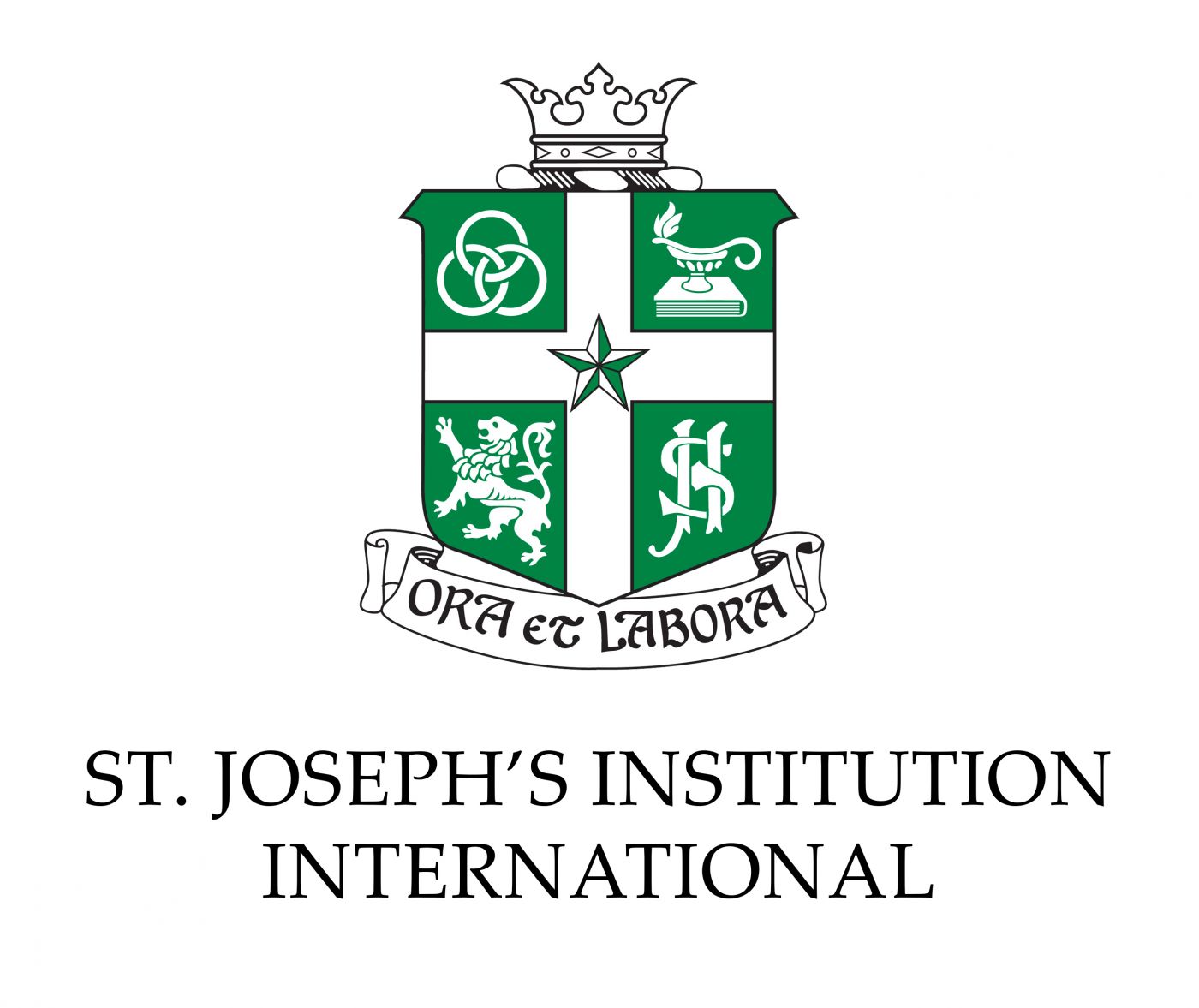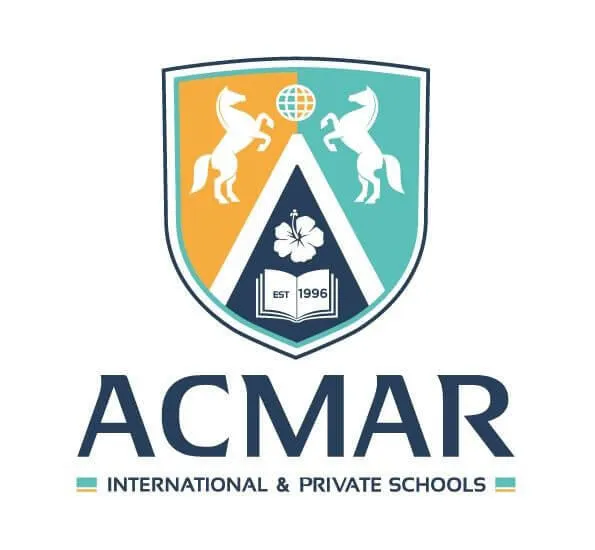Choosing the right school for their child is one of the most important decisions parents can make. Education plays a crucial role in shaping a child's future, and in Malaysia, parents have two primary options: international schools or local schools. Both offer distinct advantages and cater to different educational needs, career aspirations, and family preferences.
International schools provide a globally recognized curriculum, diverse cultural exposure, and a holistic learning approach, making them ideal for families planning to send their children overseas for their tertiary education or looking for a more flexible academic experience. On the other hand, local schools emphasize national identity, structured learning, and affordability, making them a preferred choice for many Malaysian families.
With so many factors to consider—including curriculum, teaching methods, language of instruction, and cost—it is essential for parents to fully understand the differences between these two schooling options. This article provides a comprehensive comparison of international and local schools in Malaysia to help parents make informed decisions.

Understanding the Differences
1. Curriculum
One of the most significant differences between international and local schools in Malaysia is the curriculum.
- International Schools: These schools follow globally recognized curricula such as the British (IGCSE, A-Levels), American (AP, IB), Australian (HSC), or other international programs. The focus in these curricula is on critical thinking, inquiry-based learning, and holistic development. Subjects like humanities, the sciences, and mathematics are taught with an emphasis on the higher cognitive skills such as problem-solving and practical application rather than mere knowledge acquisition and understanding often through memorization.
- Local Schools: Malaysian national schools (Sekolah Kebangsaan, SK) follow the Kurikulum Standard Sekolah Rendah (KSSR) for primary education and Kurikulum Standard Sekolah Menengah (KSSM) for secondary education. The emphasis here is on academic performance, structured learning and national identity, with major national exams such as UPSR (abolished in 2021), PT3 (abolished in 2022), and the Sijil Pelajaran Malaysia (SPM). The curriculum strongly incorporates moral values, national history, and civic education, fostering a sense of national identity among students.
2. Language of Instruction
- International Schools: English is the primary medium of instruction, although some offer bilingual or multilingual programs. Many international schools also offer additional language studies such as Mandarin, French or Spanish. This multilingual approach prepares students for global opportunities and enhances cognitive development.
- Local Schools: National schools primarily use Bahasa Malaysia as the medium of instruction, with English taught as a second language. Some national-type schools, such as SJK (C) (Chinese schools) and SJK (T) (Tamil schools), conduct lessons in Mandarin or Tamil respectively. The strong emphasis on Bahasa Malaysia ensures students have a deep understanding of the national language, which is crucial for government-related careers in Malaysia.
3. Teaching Methods
- International Schools: Typically, international schools emphasize student-centred learning, project-based assignments, and creativity-driven assessments. Class sizes are often smaller, allowing for more personalized attention. Students are encouraged to develop problem-solving skills through group work, research projects and presentations. There is a strong focus on independent thinking and inquiry-based learning, which helps students become more adaptable and innovative in their future careers.
- Local Schools: Teaching in national schools tends to be teacher-centered, with a structured syllabus and a strong focus on examinations. Rote learning is still prevalent, though recent educational reforms have slowly resulted in a shift towards more inquiry-based approaches. Classroom management in local schools tends to place a greater emphasis on discipline, with a structured timetable and clear expectations set for students. Traditional values and respect for authority are emphasized.
4. Assessment & Examinations
- International Schools: Many international schools assess students through coursework, projects and external standardized exams such as IGCSEs, IB Diplomas, or AP exams. Continuous assessment plays a key role in student evaluation.
- Local Schools: Assessment in local schools traditionally revolves around national-level standardized exams, such as SPM (equivalent to O-Levels) and STPM (equivalent to A-Levels). These exams significantly influence university admission opportunities.

5. Cost of Education
- International Schools: These schools tend to be significantly more expensive, with tuition fees ranging from RM20,000 to more than RM100,000 per year, depending on the school and curriculum. Additional costs may be incurred to cover uniforms, extracurricular activities and use of technology.
- Local Schools: Government-funded schools are subsidized by the Ministry of Education, making them more affordable. Parents mainly cover costs for books, uniforms, and optional tuition classes.
6. Extracurricular Activities & Facilities
- International Schools: These schools often provide state-of-the-art facilities, and offer a wide range of sports programs as well as activities for those interested in the arts, and leadership training. . The goal is to develop well-rounded students who are prepared for global opportunities.
- Local Schools: While extracurricular activities are available, they may not be as varied or well-funded as those found in international schools. Sports, uniformed bodies (like Scouts, Kadet Polis), and cultural activities are common but may be limited due to financial constraints..
7. Exposure & Cultural Environment
- International Schools: The student body is diverse, often comprising expatriates and Malaysians. This setting fosters cross-cultural communication and a global perspective.
- Local Schools: Students primarily consist of Malaysians, reinforcing a strong sense of national identity and local traditions. National schools also emphasize values related to Malaysian history, culture, and language.

Which School Is Right for Your Child?
The choice you make whether to opt for an international or local school depends on various factors, including your child’s learning style, career aspirations, and financial considerations.
International Schools May Be Suitable If:
- You intend to send your child abroad for higher education
- You prefer an English-medium education.
- You want a flexible and globally recognized curriculum.
- You value a holistic approach with a strong emphasis both on academic and extracurricular activities.
Local Schools May Be Suitable If:
- You prefer a structured education system that aligns with Malaysia’s national curriculum.
- You want your child to develop proficiency in Bahasa Malaysia as well as English.
- You seek a more affordable education option.
- You prioritize exposure to local culture and national values.
Both international and local schools in Malaysia offer unique benefits. The right choice depends on your family’s educational goals, budget, and long-term vision for your child’s future. Parents should consider school visits and take into account, curriculum compatibility and their child’s adaptability before making a final decision. At the end of the day, the best education is one that meets your children’s needs, preparing them for future success while nurturing their personal growth and well-being.


































